化学蒸馏装置高效分离混合物的实验室设备
什么是化学蒸馏装置?
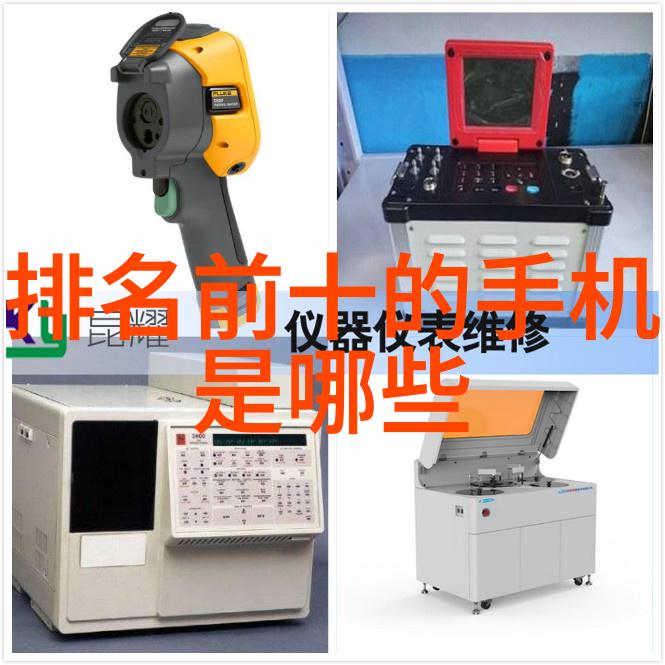
化学蒸馏是一种常用的物理分离方法,它利用物质在不同温度下的沸点差异来实现混合物的分离。这种技术广泛应用于实验室和工业生产中,对于研究人员来说,一个高效、可靠的化学蒸馏装置至关重要。
如何选择合适的化学蒸馏装置?
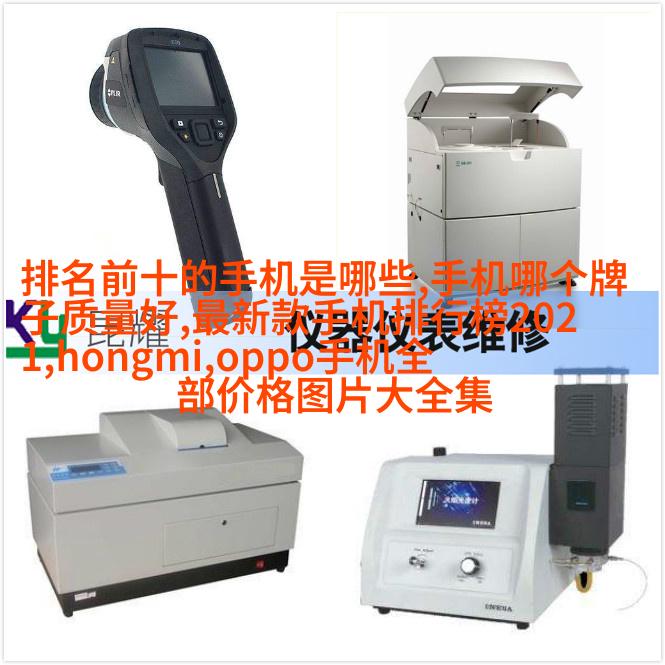
在选择合适的化学蒸馏装置时,我们需要考虑几个关键因素。首先,设备必须能够安全地处理所使用的化合物。这意味着它应该配备有足够强大的冷却系统,以防止过热或爆炸发生。此外,装置应简洁易用,便于操作者进行精确控制。此外,一台好的设备还应该具有良好的耐腐蚀性,以便能够长期使用而不受金属腐蚀或其他材料损坏影响。
化学蒸馏装置工作原理
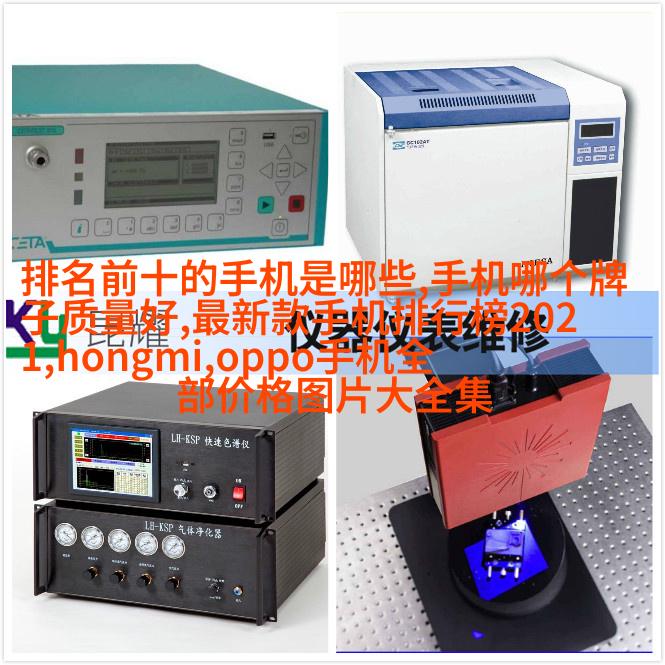
Chemical distillation equipment works on the principle of boiling point difference. The mixture to be distilled is heated, causing the more volatile components to vaporize and rise into a condenser. The condenser cools the vapors, causing them to condense back into liquid form. This liquid then collects in a separate container from the less volatile components.
The process can be repeated multiple times until all impurities have been removed from the desired product. It's important to note that not all mixtures can be separated using this method, as some compounds have very similar boiling points or other properties that make them difficult to distinguish.
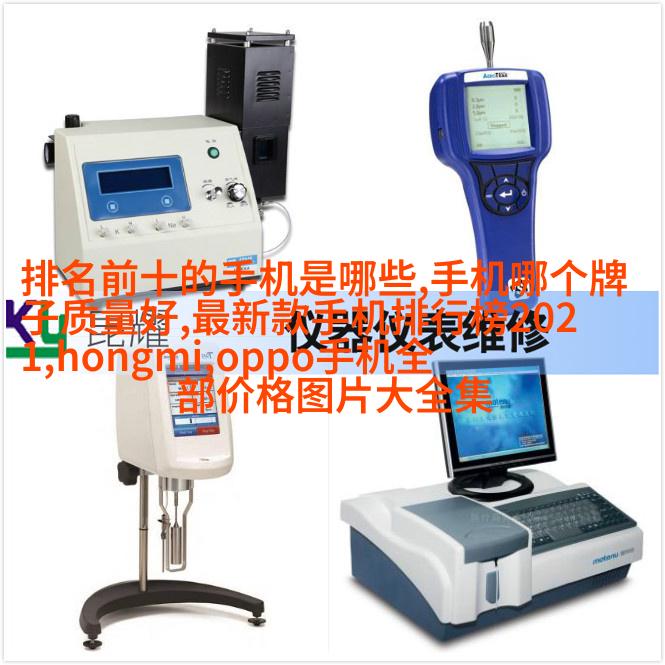
设计与构造
A well-designed chemical distillation apparatus should have several key features. First, it should include a heat source capable of reaching high temperatures without posing a fire hazard. This might involve an electric heating mantle or hot plate with appropriate safety measures in place.
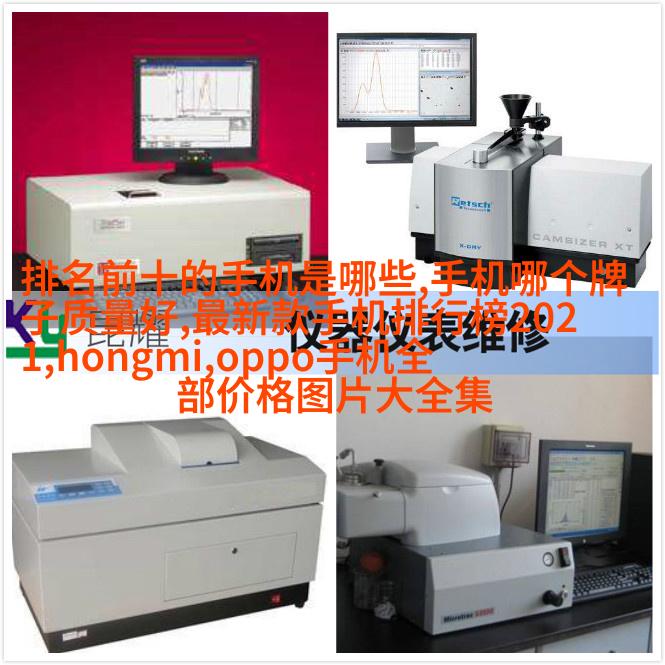
Secondly, it should feature a robust condenser system capable of efficiently cooling the vapors produced during distillation. This may include coils immersed in cold water or ice baths for added efficiency.
Finally, it must include proper safety features such as protective gloves and goggles for operators handling hazardous materials and chemicals during experiments.
实验室应用
In laboratory settings, chemical distillation is often used for purifying substances by removing impurities through repeated cycles of heating and cooling. For example, ethanol can be purified by fractional distillation; water molecules are removed at lower temperatures while ethanol molecules remain intact due to their higher boiling points when pure alcohol is collected at higher temperatures than when mixed with water (which has an even lower boiling point).
This technique also allows researchers to isolate specific compounds within complex mixtures – like separating essential oils from plant extracts – which could otherwise require expensive chromatography techniques requiring specialized equipment & training!
Additionally many pharmaceuticals rely heavily on this process because purity levels required aren't just about quality but also safety standards set forth by regulatory agencies worldwide before drugs become commercially available after clinical trials prove efficacy & side effects manageable under controlled conditions only achievable via rigorous testing protocols involving numerous rounds of purification steps like fractional crystallization followed closely monitored under sterile conditions where possible contamination risks minimized!
So you see how crucial these instruments become part integral toolset needed daily across various industries including food processing where trace amounts contaminants pose health threats if ingested unknowingly too so hence importance cannot overstated here either!



